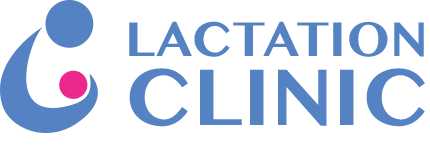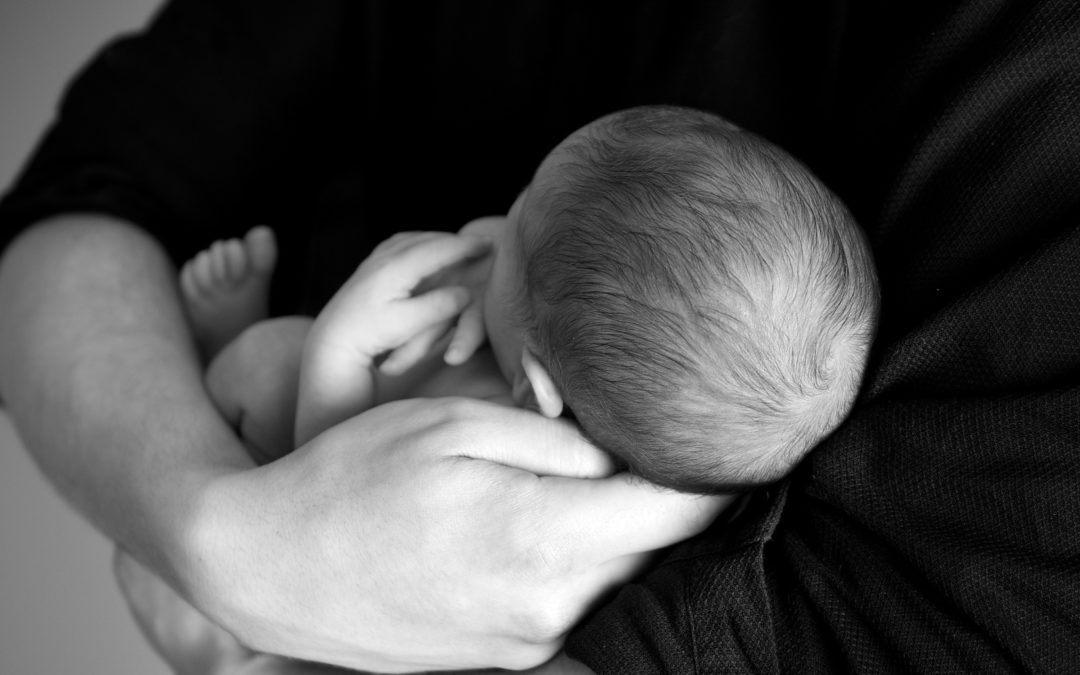Blebs, blisters, blocked (“plugged”) ducts, lumps, milk stasis, mastitis and then abscess can interrupt and complicate mother’s breastfeeding journey causing her a lot of pain and inconvenience, and things get even worse if mother is only pumping exclusively.
Worldwide known and recognized Academy of Breastfeeding Medicine (ABM) has published and regularly updates the special clinical protocols that enable health care professionals and certified lactation consultants (IBCLCs) to apply the best practice based solely on the latest scientific evidence in the daily work with breastfeeding/pumping women so that they can successfully breastfeed their babies for as long as they desire. This article is based on the ABM Clinical Protocol #4: Mastitis, Revised March 2014.
Mastitis is a common condition in lactating women, based on scientific research, it is present in up to 20% of cases. This usually happens during the first 6 weeks after childbirth, however, mastitis can certainly happen to you in any later period of lactation.
What is mastitis and how it happens?
Mastitis literally means an inflammation of the breast. The usual clinical definition of mastitis is a tender, hot, swollen, wedge-shaped area of breast associated with temperature of 38.5°C (101.3°F) or greater, chills, flu-like aching, and systemic illness. This inflammation may or may not involve a bacterial infection. You may have redness, pain, and heat when an area of the breast is engorged or “blocked” (“plugged”), but an infection is not necessarily present. Unaddressed or incorrectly addressed process might develop from engorgement to non infective mastitis to infective mastitis and then to breast abscess (pus accumulation).
The following factors result in milk stasis and may cause development of mastitis:
- Damaged nipple, especially if colonized with golden staph or Staphylococcus aureus (S. aureus)
- Infrequent feedings or scheduled frequency or duration of feedings
- Missed feedings
- Poor latch or weak or uncoordinated suckling leading to inefficient removal of milk
- Illness in mother or baby
- Oversupply of milk
- Rapid weaning
- Pressure on the breast (e.g., tight bra or other clothes, car seatbelt, sleeping on the abdomen, etc.)
- White spot on the nipple or a blocked nipple pore or duct: milk blister or “bleb” (which is a localized inflammatory response)
- Maternal stress and fatigue
What should be done to get rid of milk stasis and mastitis?
Effective milk removal is the #1 remedy
Milk stasis is often the initiating factor in mastitis, that’s why the most important thing is frequent and effective milk removal. However, if breast is already swollen or severely engorged, advice “just breastfeed/pump often” will not simply work. Such swelling means excessive accumulation of body fluids (lymph) in the affected area suppressing the milk ducts and thus blocking the milk flow out of them. So, it’s very important to perform a special very gentle massage technique called Therapeutic Breast Massage in Lactation (TBML) prior to breastfeeding/pumping for fluid mobilization and its drainage away from the milk ducts toward the axillary lymph nodes. If it’s too much for you already, call us, our team member Oksana is certified to perform this technique and helped lots of moms to save their breastfeeding. You should recline, and, using gentle hand motions, start stroking the skin surface from the areola to the axilla. Sometimes, cold wet cloth applied to the affected area, alternating it with the TBML, prior to the feeding/milk expression, further helps to decrease edema. The other important rules to follow are:
- Breastfeed more frequently, starting on the affected breast. There is no evidence of risk to the healthy, term baby of continuing breastfeeding from a mother with mastitis.
- If pain interferes with the let-down, feeding may begin on the unaffected breast, switching to the affected breast as soon as let-down is achieved.
- Try to position the baby at the breast with the chin or nose pointing to the blockage – it will help drain the affected area more effectively. Sometimes it requires baby’s feeding in “69” position, so inverted side-lying is a great option for that!
- Massaging the breast during the feed with an edible oil or nontoxic lubricant on the fingers may also be helpful to facilitate milk removal. Massage, by the mother or her helper, should be directed from the blocked area moving toward the nipple.
- After the feeding, hand expression or pumping of the milk may increase milk drainage and help to resolve the problem faster.
- Women who are unable to continue breastfeeding or if they are exclusively pumping should use hand expression of the milk from breast or pump it, as sudden cessation of breastfeeding leads to a greater risk of abscess development than continuing to feed.
- Application of heat – for example, a shower or a hot pack – to the breast just prior to feeding may help with the letdown and milk flow. After a feeding or after milk is expressed from the breasts, cold packs should be applied to the breast in order to reduce pain and edema.
What else can help me?
Resting, adequate water intake, and good nutrition are all very important. Practical help at home may be necessary for you to obtain adequate rest, especially, if you have additional small children. In other words, mother’s body is capable in handling such situation while doing TBML and frequent milk removal if it is provided with necessary conditions to recover.
Although most women with mastitis can be regarded as outpatients, consider going to the hospital if you are ill, require intravenous antibiotics, and/or do not have supportive care at home. Rooming-in of the infant with the mother is obligatory so that breastfeeding can continue. In some hospitals, rooming-in may require hospital admission of the baby.
What meds can I take?
Lactating mothers are often reluctant to take medications. Once you have mastitis you should take appropriate medications as indicated. Every required medication can be checked for its compatibility with breastfeeding at www.e-lactancia.org
Pain killers may help with the letdown reflex and could be used. Ibuprofen (i.e. Advil), which is an anti-inflammatory agent, might be more effective in reducing the inflammatory symptoms than a simple analgesic like paracetamol/acetaminophen (i.e. Tylenol). Ibuprofen is not detected in breastmilk following doses up to 1.6 g/day and is regarded as compatible with breastfeeding.
If symptoms of mastitis are mild and have been present for less than 24 hours, effective milk removal and supportive measures may be enough. If symptoms are not improving within 12–24 hours or if the you are acutely ill, you should see a doctor for diagnosis and prescription of antibiotics.
Importance of the follow-up
Improvement to the above condition is usually fast and obvious. If the symptoms of mastitis do not resolve within several days of appropriate management, including antibiotics, talk to you doctor about additional diagnostics to confirm resistant bacteria, abscess formation, an underlying mass, or inflammatory or ductal carcinoma. More than two or three recurrences in the same location is a good reason to ask your doctor to rule out an underlying mass or other abnormality.
What complications might occur?
Early weaning
Mastitis may cause overwhelming acute symptoms that prompt a mother to consider quitting breastfeeding all together. Effective milk removal, however, is the most important part of the treatment. Acute weaning may actually worsen the mastitis and increase the risk of abscess formation, therefore, effective treatment and support from health care providers and family members are important at this time.
Abscess
If a well-defined area of the breast remains hardened, red, and tender despite appropriate treatment, then an abscess should be suspected. This occurs in about 3% of mothers with mastitis. The initial systemic symptoms and fever may have been resolved, however, a palpation and diagnostic breast ultrasound will identify a collection of fluid. The collection can often be drained by needle aspiration, which by itself may be diagnostic as well as therapeutic. Several needle aspirations may be required. If possible, always ask for ultrasound guided needle aspiration. Surgical drainage may be necessary if the abscess is very large or if there are multiple abscesses. After surgical drainage, you should continue to breastfeed on the affected breast, even if a drain is present, insuring that the baby’s mouth does not come into direct contact with purulent drainage or infected tissue. Of course, a course of antibiotics should be prescribed by doctor following drainage of the abscess.
Thrush infection
Candida infection (yeast or thrush) has been associated with burning nipple pain or radiating breast pain symptoms. Diagnosis is difficult, as the nipples and breasts may look normal on examination, and milk culture taken may not be reliable. Careful evaluation for other aetiologies of breast pain should be undertaken with particular attention to proper latch by skilled lactation consultant and ruling out Raynaud’s/vasospasm and local nipple trauma. When wound cultures are obtained from nipple cracks, they most commonly grow S. aureus. However, women with burning nipple and breast pain may also be more likely to test positive for Candida on nipple swab.
How can I prevent mastitis?
There are several things to consider in order to avoid mastitis or its recurrence:
1. Effective management of breast fullness and engorgement
- Seek for a registered lactation consultant’s help to improve your baby’s latch.
- Do not restrict feeds in length and frequency.
- Ask you lactation consultant to teach you hand-express when the breasts are too full for the baby to attach or the baby does not relieve breast fullness, or if you prefer to do exclusive pumping. For such purposes, and if available, a breast pump may also be used, however, all mothers should be able to manually express as the need for its use may arise unexpectedly (no power, pump malfunction, pump left somewhere, etc.).
2. Immediate attention to any signs of milk stasis
- Daily check your breasts for lumps, pain, or redness.
- If you notice any signs of milk stasis, you need to:
- rest;
- apply short-timed heat to the breast prior to feedings;
- perform TBML prior to feedings and try to hand-express the milk;
- increase the frequency of breastfeeding;
- massage any lumpy areas during the feeding as described above;
- take Ibuprofen (i.e. Advil) as needed;
- contact your health care provider if symptoms are not improving within 24 hours.
If you are not able to manage it by yourself, specially trained lactation consultants can help you by performing TBML and teach you how to do it more efficiently.
3. Prompt attention to other difficulties with breastfeeding
Skilled help is needed for mothers with damaged nipples or an unsettled discontent infant, or those who believe that they may have an insufficient milk supply. We are here in Toronto and its area to help you, feel free to contact us right away.
4. Rest
As fatigue is often a precursor to many diseases and mastitis as well, please take a good care of yourself and have an adequate rest as much as it’s possible. Ask for help if you need a break and accept any help offered, it can really make a difference in your daily routine.
5. Good hygiene
Because S. aureus is a common commensal organism often present in hospitals and communities, it is very important for hospital staff, new mothers, and their families to practice good hand hygiene. Breast pump equipment may also be a source of contamination and should be washed thoroughly with soap and hot water after use.
Let yourself adjust to your new life with a baby and do not push yourself too hard trying to be a perfect mother. Remember – you’re the BEST mom for YOUR baby and everything you do is done with love and caring attention.
If you require urgent help with breastfeeding:
Call or text @ 416-804-9300

